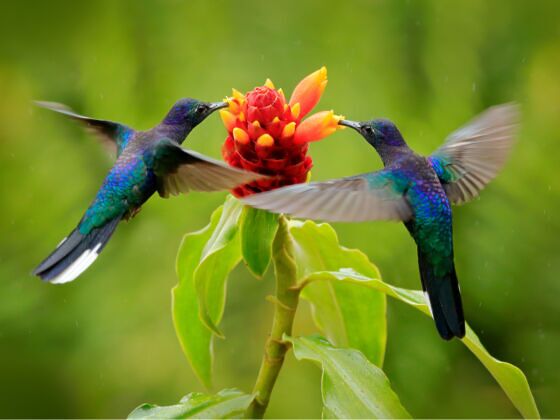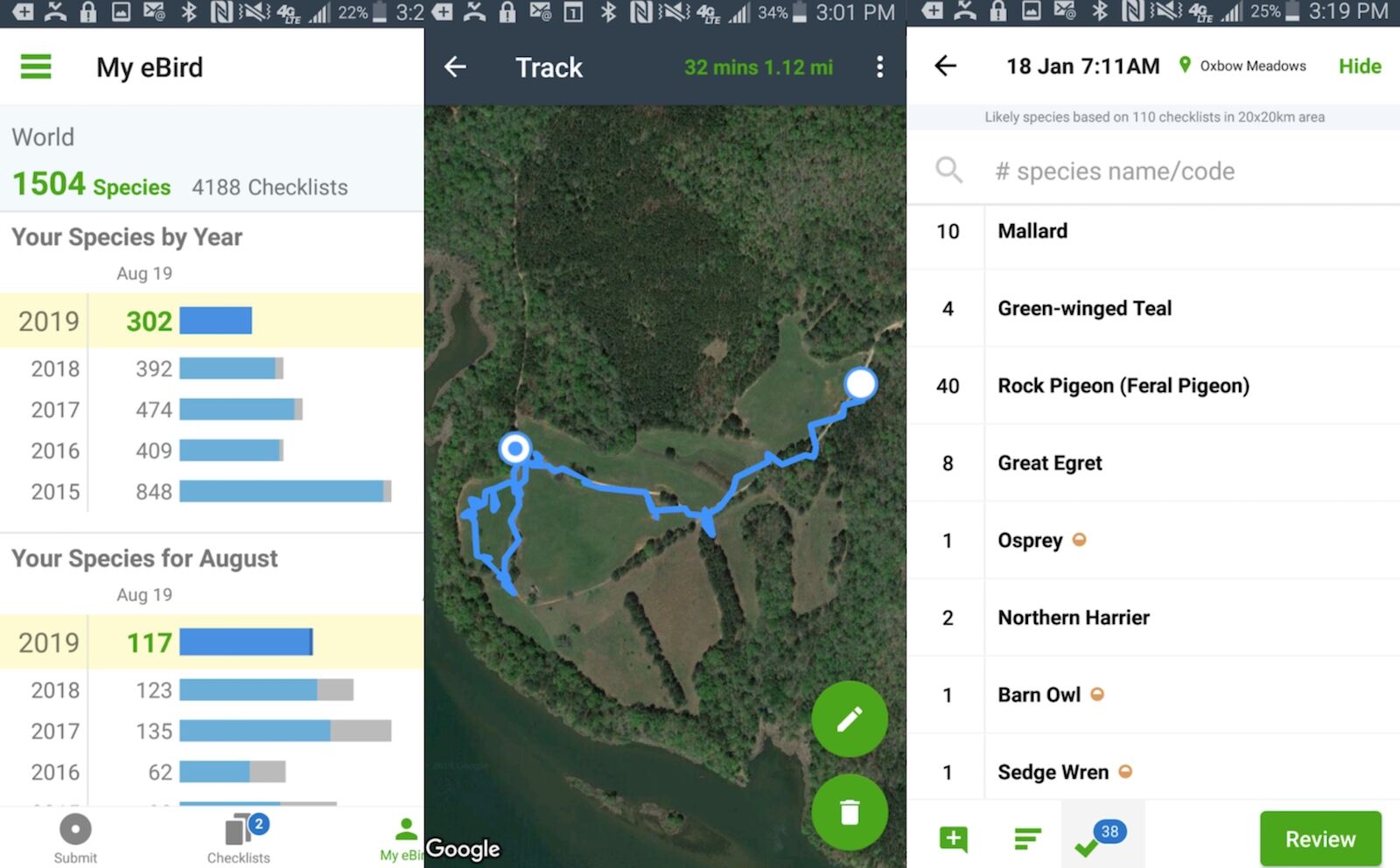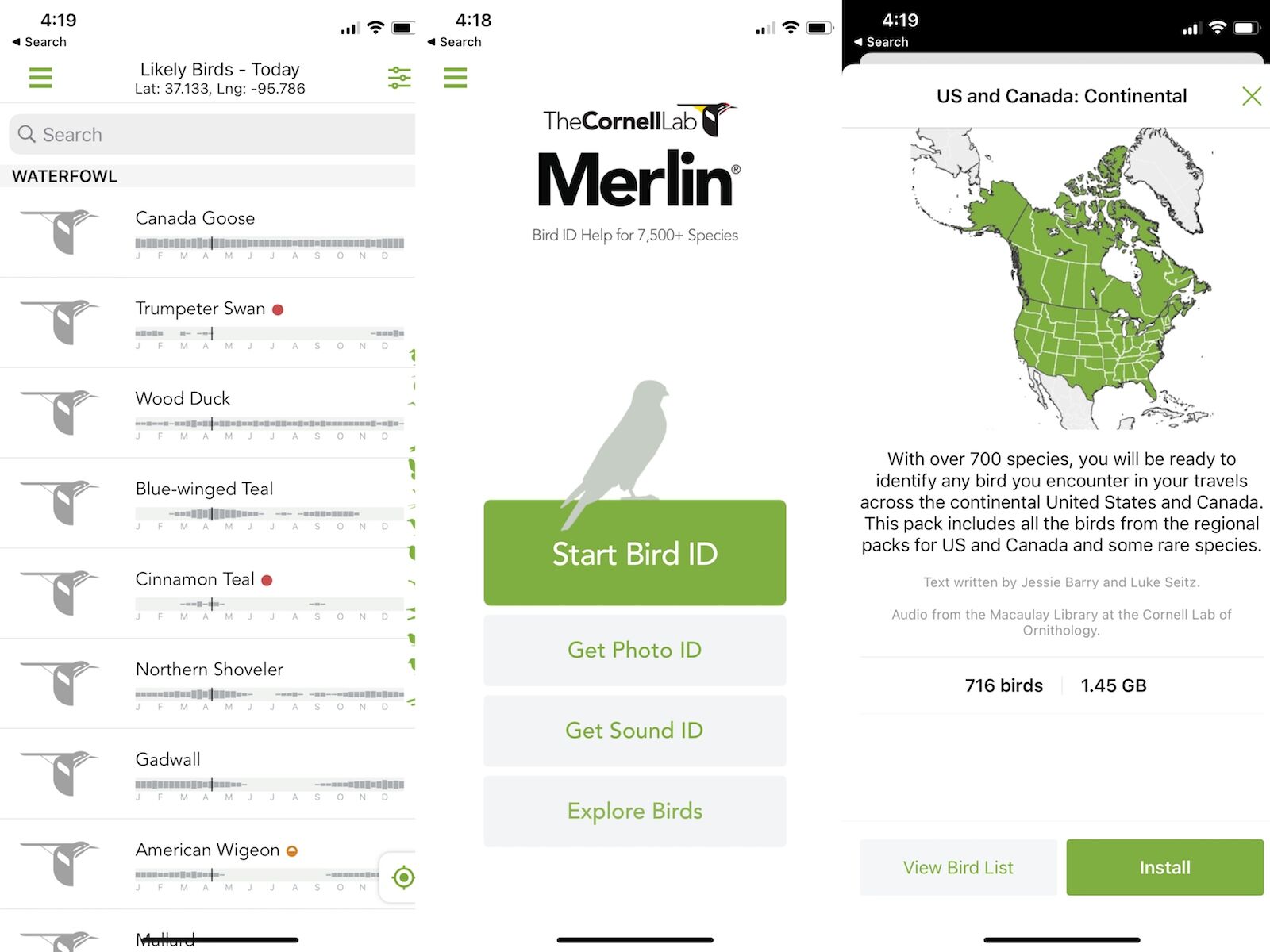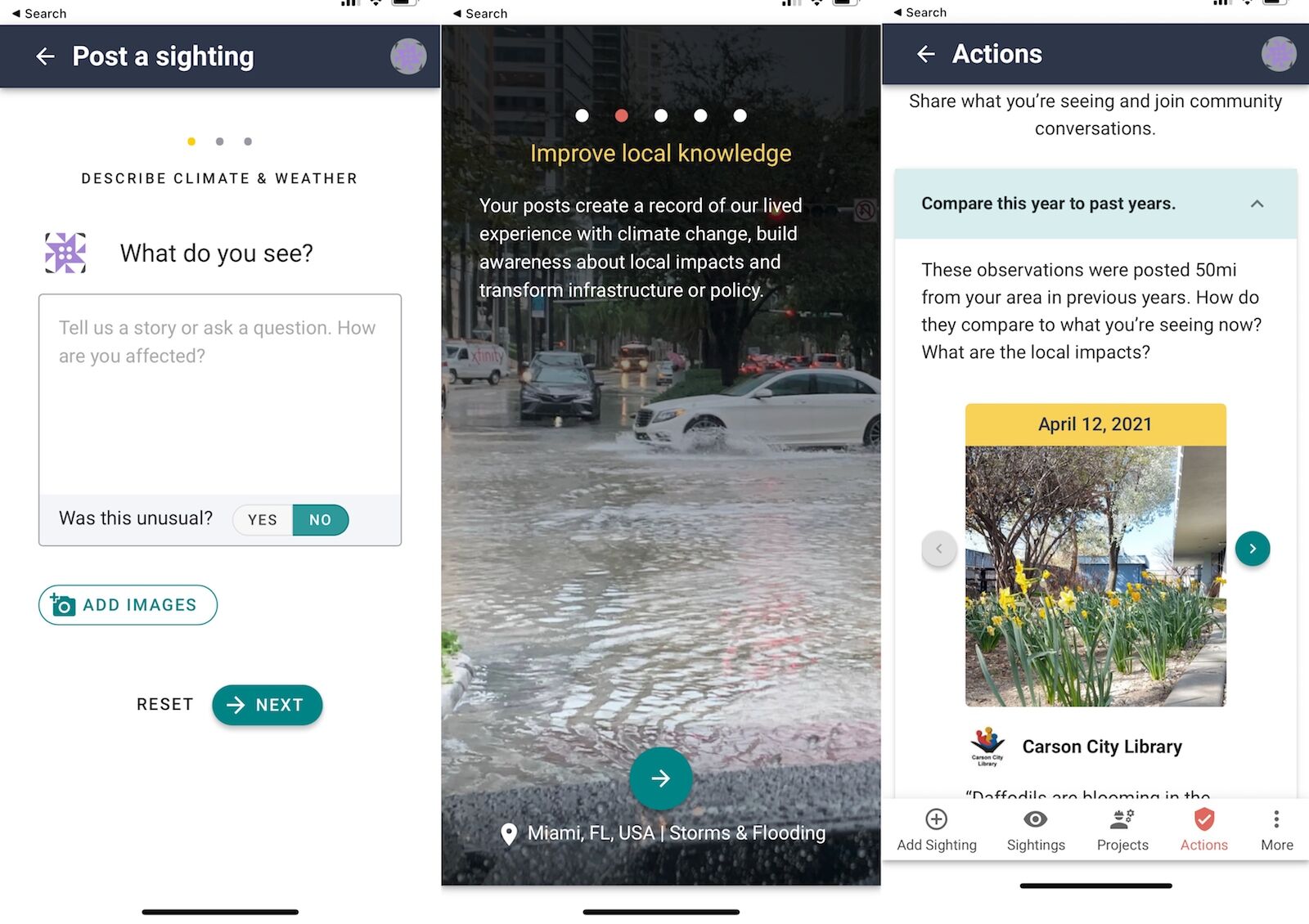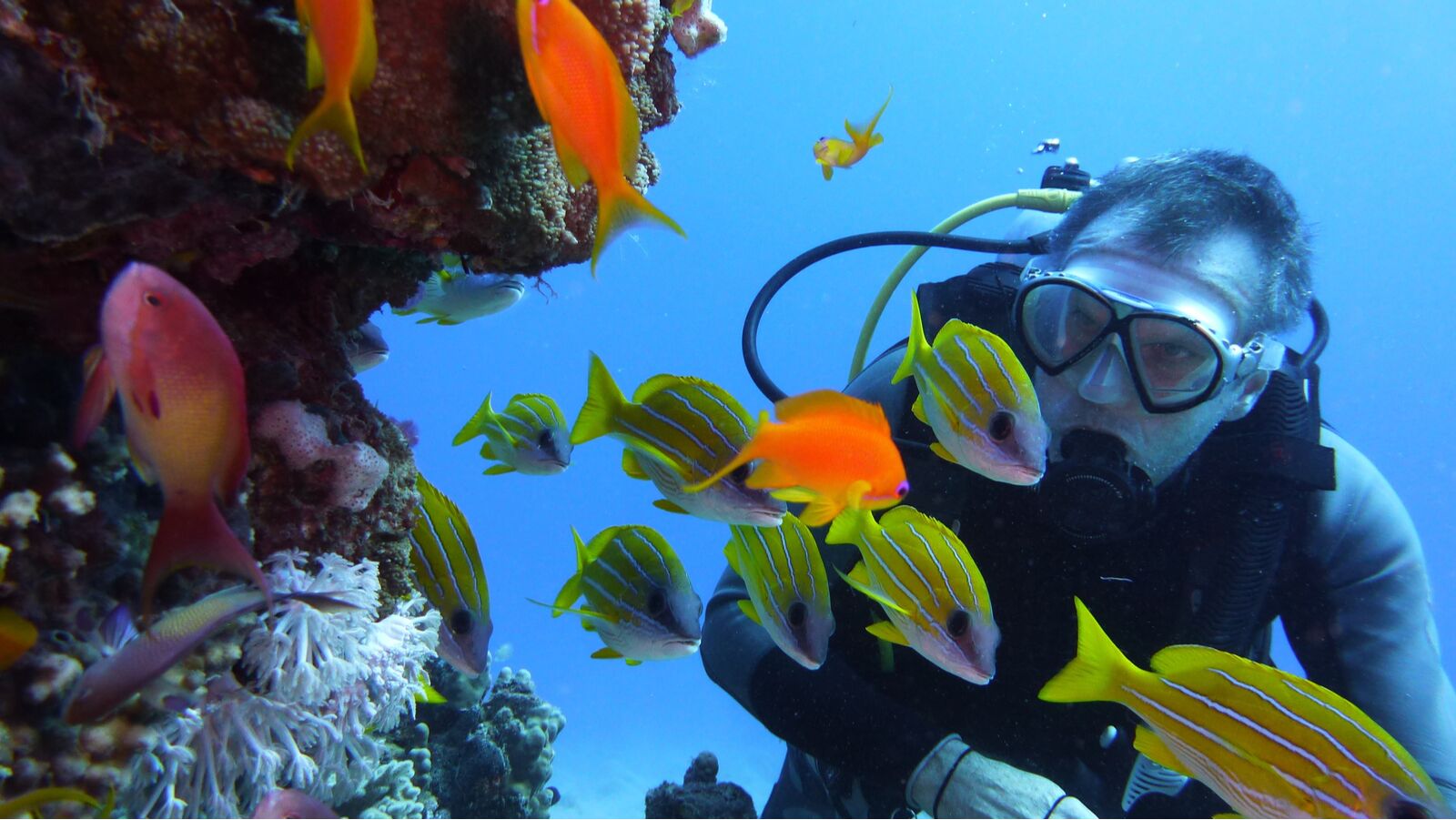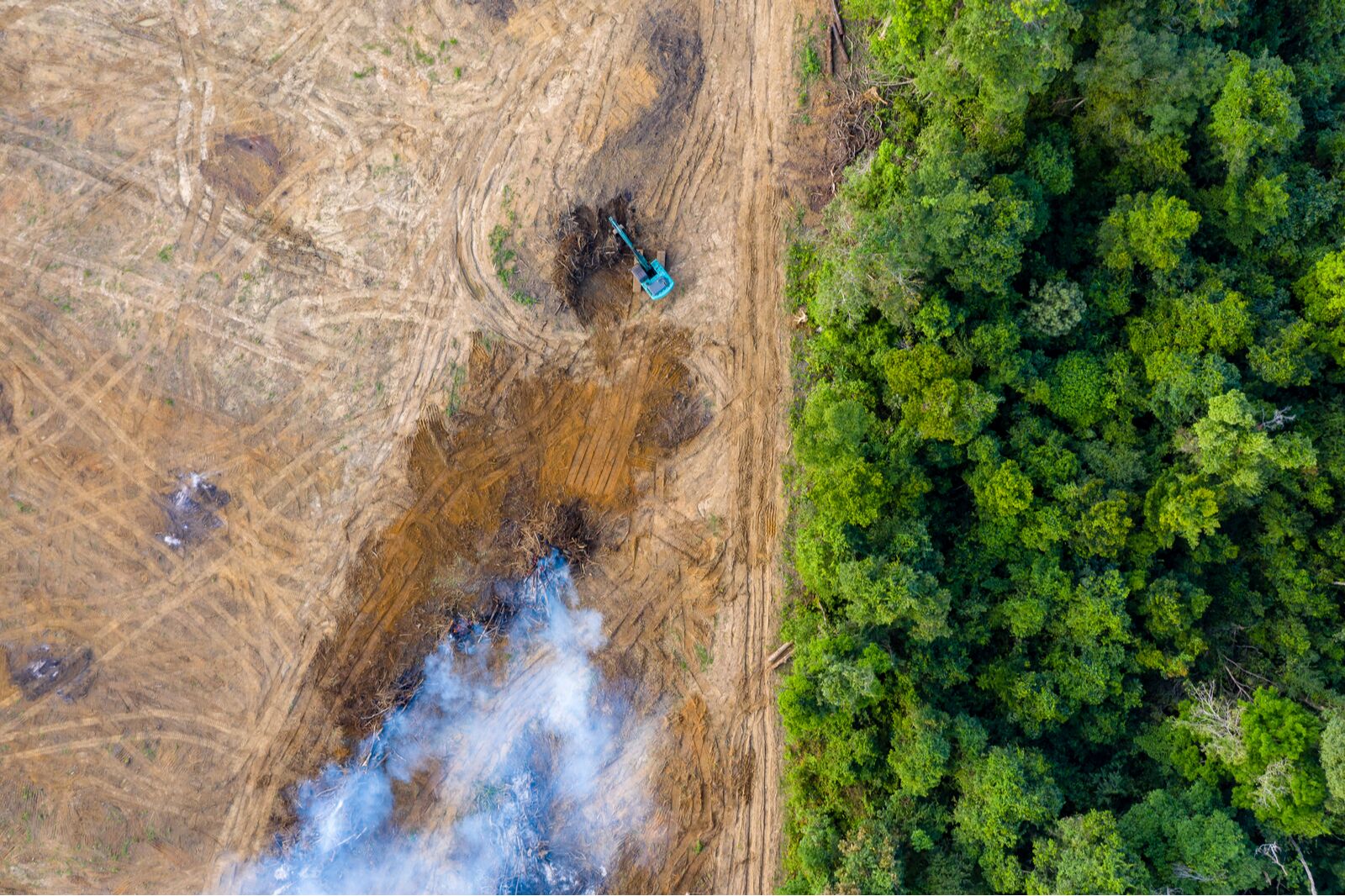Have you ever been in a new place and wished you could identify the beautiful bird you saw? Or perhaps caught a glimpse of a rare animal you know scientists are working to track?
If you love nature and want to protect the places you visit but can’t always afford ecotourism activities, consider downloading one of these community reporting or bird apps focused on citizen science. All you need is a smartphone to use these free apps to record and report plant and animal sightings.
